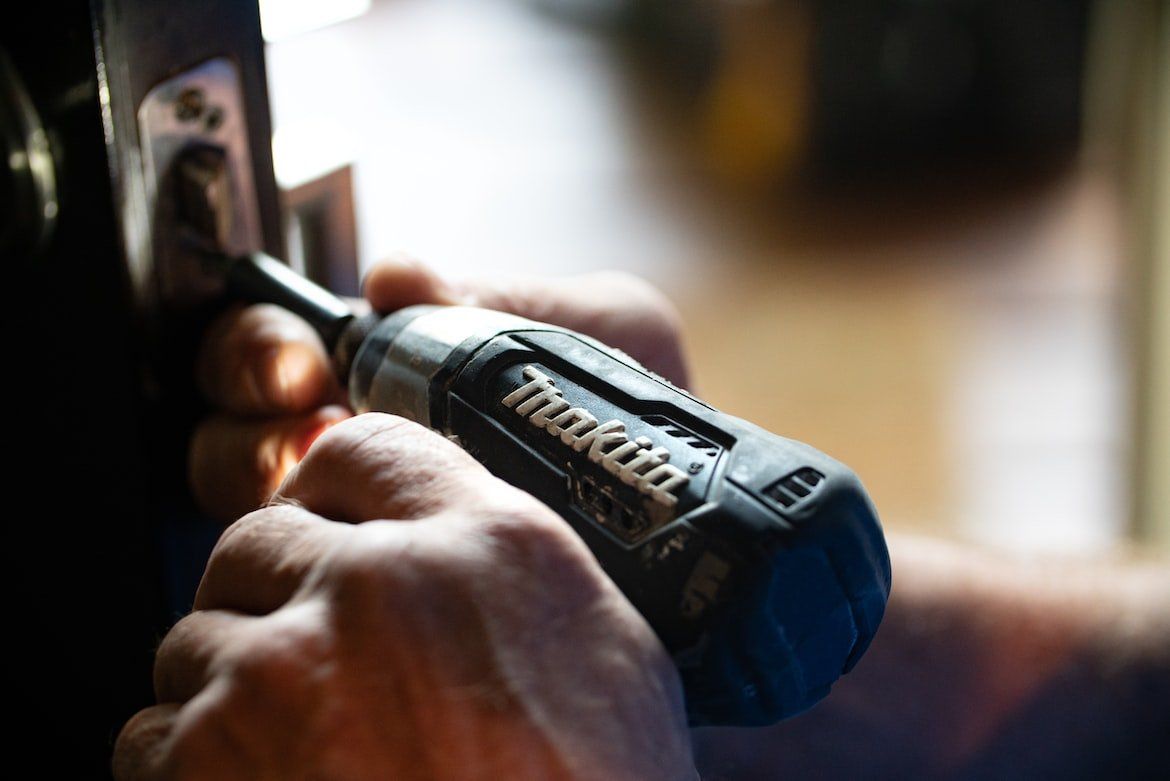What Furniture Should be Taken Apart before Moving?
Have you finally found the house of your dreams? Congratulations! The only thing left on your part is to pack up the old place and move into the new one. Boxing up all of your belongings is a tedious task but a relatively simple one. The real problem comes when you have to deal with your furniture. It’s not even about boxing and transportation at that point. The real question then becomes: will it fit through your new apartment's elevator, stairwell, and doorway? The answer isn’t a simple yes or no. Here’s why:
Is It Possible to Fit Old Furniture in the New Apartment?
If you try to fit heavy, solid furniture like beds, desks, wardrobes, and tables as they are in their current state, they’re not going to fit through the doors of your new apartment. For large pieces of furniture, like the ones mentioned above, you’re going to have to take them apart before you’re able to move them out of your old home and into the new one. Here’s what you need to know.
So, What Furniture Do You Need to Disassemble?
When relocating, many items of furniture in your house may be disassembled (as long as you have a screwdriver and maybe a wrench or pliers). Although huge, solid pieces of furniture usually move quite well on their own, you'll find that most of them need to be disassembled before the move. Some of these items include:
Bed Frames
Bed frames are often massive and comprise many intricately interconnected parts. The process of disassembling the frame might take up to an hour or two, depending on the kind of frame you have. If you have a bed similar to a captain's, you won't have to disassemble the whole frame; however, you will need to take out the drawers. If your bed frames are made of metal, hardwood, plastic, or any other moving-friendly material, it is best to disassemble them into small moveable portions.
Wardrobe and Dressers
Removing any drawers, shelves, or other components that aren't connected to the dresser is a smart idea, regardless of the size of the dresser you have. When moving wardrobes with mirrors, it is important to ensure that the mirror has been removed and covered in bubble wrap to prevent the glass from breaking. Since they are often too tall and broad to pass through entrances, elevators, or staircase, larger wardrobes and dressers must be completely disassembled before the move.
Desks and Tables
Desks are often compact enough to pass through doors; however, you do not want the drawers and sliding keyboard tray to get dislodged during the relocation process. You can stop the drawers and the tray from sliding by taping them down, but it is much easier to take them out entirely. To disassemble a table, you must separate the legs from the top of the table. This shouldn't be too difficult; however, make sure to tape the legs together so they don't separate from the body.
Build-Your-Own Furniture
Anything you've put together on your own, like the furniture you bought from IKEA, Amazon, or WayFair probably won’t be the most cooperative when you’re moving. Taking it apart shouldn't provide too much of a challenge since, for the most part, they were designed to be straightforward in their assembly and disassembly processes. In case you've misplaced the product manual, search for the instructions on the manufacturer's website. Just remember to have a hard copy printed out before you relocate.
Shelving Units
Most bookcases and cabinets can be transported without disassembling them. The thing to remember here is to take the shelves off before moving. Most units let you take out most of the shelves while requiring that a few be left in place to act as anchors. If this is the case, you can put them in a separate box or seal them in plastic bags while carefully attaching them to the respective units.
Appliances
Don't dismantle that appliance just yet, particularly if you want to use it immediately since most of them have removable parts. When moving large appliances like ovens, stoves, or dishwashers, it is best to leave the job to an expert. Every refrigerator, for example, has trays and shelves; to prevent them from breaking, you must remove and arrange them in their respective boxes before moving.
If you decide to do the job on your own, make sure to store all of the screws and other small pieces in a plastic bag, label them properly, and then tape them to the box of the disassembled furniture. Few things are more frustrating than having to disassemble your furniture and appliances, only to arrive at your new home and discover that the screws were misplaced or jumbled up in shipment.
The Final Cut
Now that you know what furniture you need to take apart before moving, it's time to work with a professional disassembler. If you live anywhere near Washington, D.C., Maryland, and Northern Virginia, get in touch with Dismantle Furniture. We have all the right tools, equipment and manpower to do the job for you, making the entire moving period hassle-free on your part
Find Us
Business Hours
- Monday
- -
- Tuesday
- -
- Wednesday
- -
- Thursday
- -
- Friday
- -
- Saturday
- -
- Sunday
- -










